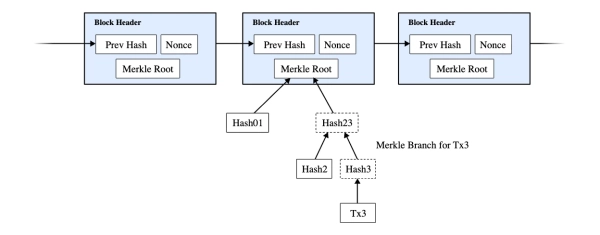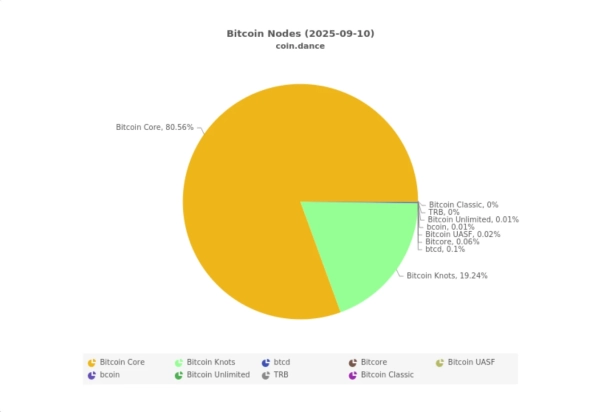StarkWare Announces Easy Bitcoin Verification for Mobile Devices

Zero-knowledge technology company StarkWare has unveiled a ZK verification method for the Bitcoin blockchain that is mobile-friendly. The proof contains all Bitcoin block headers since the network's inception, but does not require downloading the full blockchain history, which is over 680 GB in size.
Each block header includes the Bitcoin software version number, a link to the previous block in the chain, a timestamp, the block size, and a nonce that miners must find to add the block to the ledger. StarkWare’s BTC ledger proof is only 1MB in size, allowing users to verify transactions in under 100 milliseconds, according to Abdelhamid Bahta, the company’s head of ecosystem.

An illustrated SPV model as described in Satoshi's Bitcoin paper. Source: Nakamoto Institute
The solution is based on the concept of lightweight payment verification described in Satoshi Nakamoto's paper. This concept allows lightweight nodes to verify payments without having to download the full ledger. The StarkWare development is important because it allows anyone to verify Bitcoin payments without running a full node, which can cost up to $1,000 and requires technical knowledge to set up.
Node storage requirements and ledger size become a subject of debate in the BTC community
Running a Bitcoin node remains relatively simple compared to other blockchain networks, which can require tens of thousands of dollars in investment. Bitcoin nodes can run on regular personal computers due to the relative simplicity of the protocol, which has generated 680 GB of data since 2009.

The number of Bitcoin nodes has been growing steadily since 2015. Source: Coin Dance.
This simplicity and affordable hardware requirements are key to keeping the protocol decentralized and maintaining Bitcoin’s consensus mechanism, which is provided by independent node owners. If nodes become too expensive due to increasing hardware requirements, the network risks becoming centralized under the control of large service providers, which is contrary to the fundamental principles of Bitcoin.
Critics point out that labels, sequence numbers, and other forms of storing non-monetary data on the blockchain pose a centralization risk. They increase the size of the ledger and force node operators to store large amounts of data unrelated to monetary transactions.
In May, the developers of Bitcoin Core, the software used by about 80% of node owners, announced an upcoming update. Bitcoin Core 30, scheduled for release in October, will remove the OP_Return limitation, which limits the amount of non-monetary data embedded in Bitcoin transactions.

Separation of different implementations of Bitcoin node software. Source Coin Dance
The current OP_Return limit is 80 bytes, which is not enough to store most modern images and media. The proposed change has caused a historic surge in popularity for Bitcoin Knots, an alternative node software that offers more customizable options. Knots node owners can limit the amount of OP_Return data they store in their memory pools and transmit to other nodes.
In 2025, Knots nodes account for almost 20% of the network, a near-vertical increase from late 2024, when they accounted for about 1% of the total market.
Source: cryptonews.net



